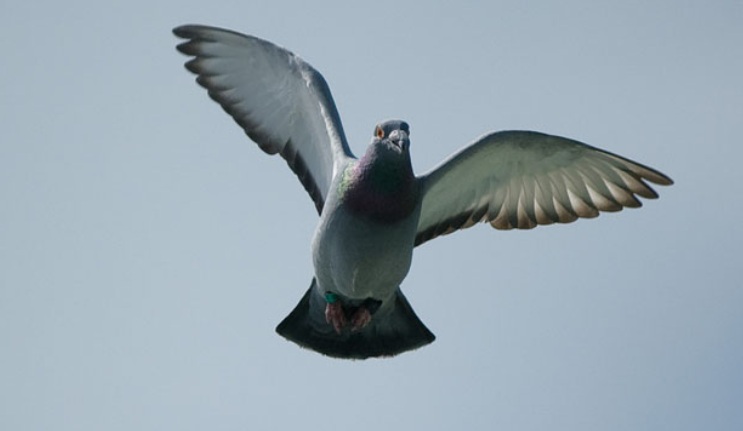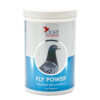
Spotting Early Signs of Racing Pigeons Hidden Muscle Injuries
In the high-stakes world of pigeon racing, maintaining peak physical condition is paramount. While overt injuries are readily addressed, subtle muscle micro-tears often go unnoticed, gradually impairing performance and causing discomfort. Recognizing and treating these hidden injuries is essential for the well-being and success of your avian athletes.
Understanding Micro-Tears in Racing Pigeons
Micro-tears are minute muscle fiber damages resulting from repetitive strain during intense flights. Though small, these injuries can accumulate, leading to:
-
Reduced Flight Performance: Diminished strength and endurance.
-
Behavioral Changes: Reluctance to fly or train.
-
Increased Injury Risk: Compensatory movements may lead to further harm.
Early detection is crucial to prevent long-term consequences.
Spotting the Early Signs
Identifying micro-tears requires keen observation. Look for:
-
Altered Flight Patterns: Uneven wingbeats or decreased altitude.
-
Physical Indicators: Swelling, heat, or sensitivity in muscles.
-
Behavioral Shifts: Lethargy, decreased appetite, or irritability.
Regular health checks and attentive care can aid in early detection.
Natural Remedies: Harnessing Herbal Anti-Inflammatories
Natural treatments can effectively address micro-tears without adverse side effects.
Arnica Montana
Arnica is renowned for its anti-inflammatory and analgesic properties. Topical applications, such as gels or creams, can alleviate muscle soreness and promote healing .
Application Tips:
-
Apply a thin layer to the affected area 2–3 times daily.
-
Avoid use on broken skin.
-
Monitor for any adverse reactions.
Turmeric
Turmeric contains curcumin, a compound with potent anti-inflammatory effects. Incorporating small amounts into the diet can support muscle recovery .
Also PHP RECUP FAST is a excellent product to use for muscle recovery and repair
Cherry Juice
Tart cherry juice is rich in antioxidants and has been shown to reduce muscle inflammation and soreness. Adding it to the diet can enhance recovery post-flight .
Implementing Rest and Recovery Strategies
Rest is a critical component of healing. Ensure your pigeons have:
-
Adequate Loft Rest: Provide a calm environment to reduce stress.
-
Balanced Training Schedules: Avoid overexertion by alternating intense sessions with rest days.
-
Nutritional Support: Offer a diet rich in proteins and essential nutrients to facilitate muscle repair.
Mental well-being is equally important. A stress-free pigeon is more likely to recover swiftly and perform optimally .
When to Consult a Veterinarian
While natural remedies and rest can address minor injuries, professional evaluation is necessary when:
-
Symptoms Persist: No improvement after a week of treatment.
-
Severe Swelling or Pain: Indicates a more serious injury.
-
Behavioral Changes Worsen: Continued lethargy or aggression.
A veterinarian can provide targeted treatments and guidance for rehabilitation.
Conclusion
Proactive care is vital in maintaining the health and performance of racing pigeons. By recognizing the subtle signs of micro-tears and implementing natural remedies alongside proper rest, you can ensure your pigeons remain at the pinnacle of their abilities. Always prioritize their well-being, and don’t hesitate to seek professional advice when necessary.


